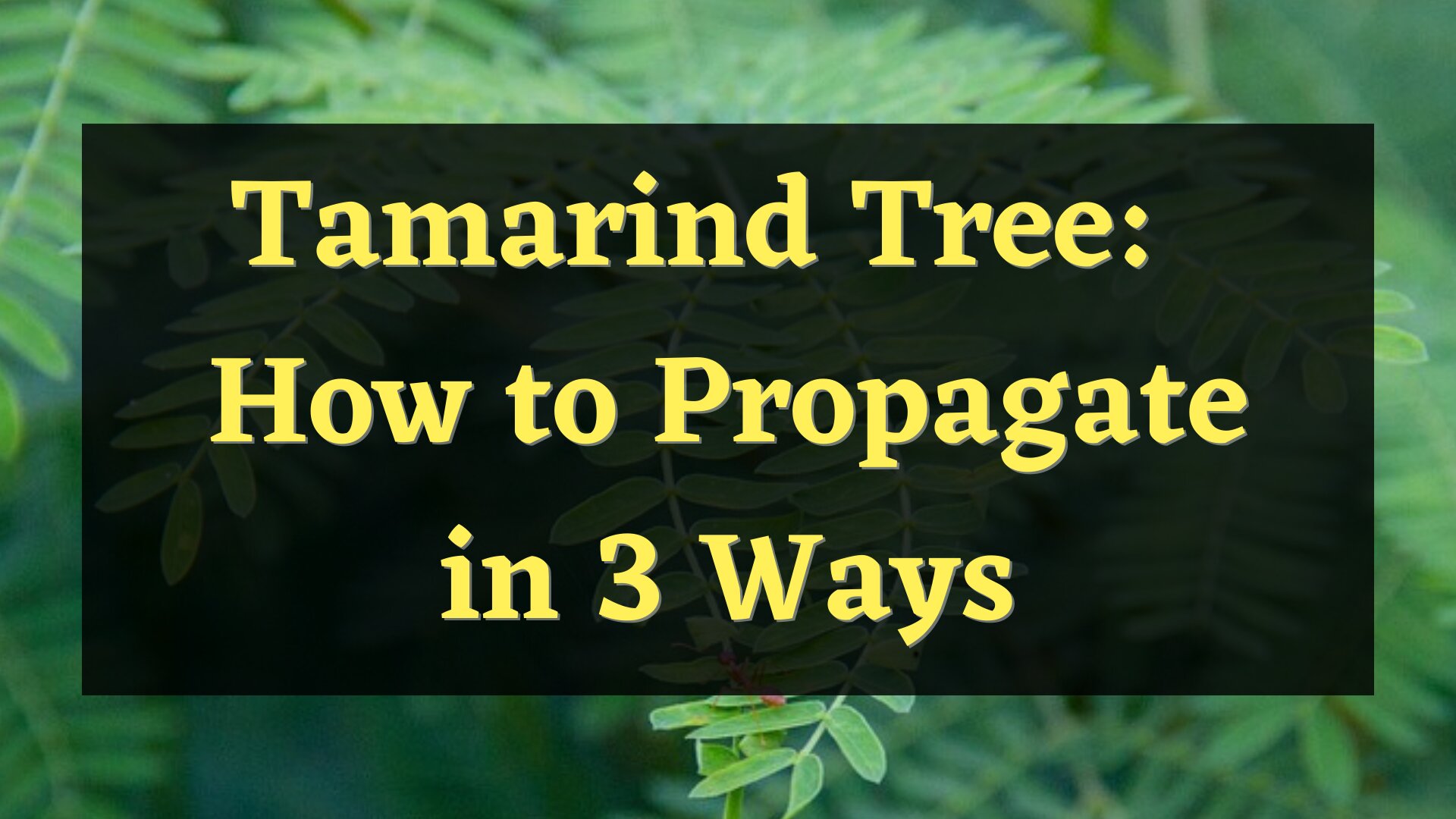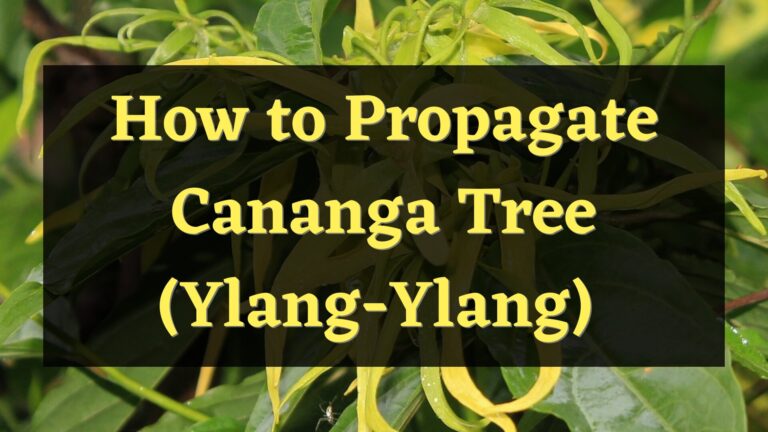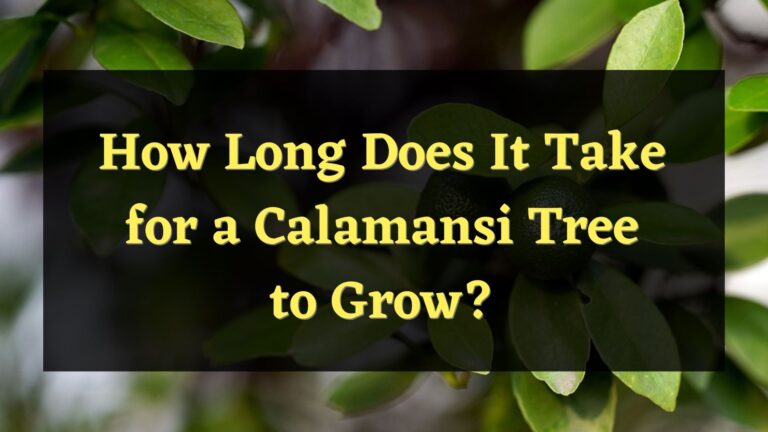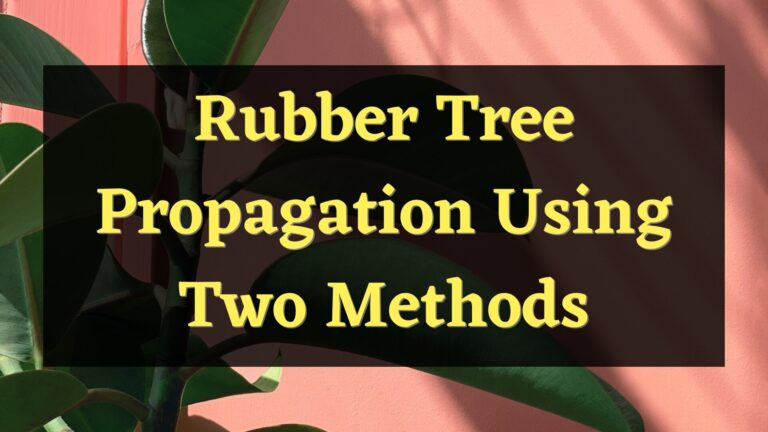There are many options to choose from if you want to propagate a tamarind tree. You can learn each method by reading this post and learning more information on how to grow a tamarind tree. Know each method’s advantages and disadvantages so you can choose the best method that is the easiest and most convenient for you.
About Tamarind Tree
Tamarindus indica is the scientific name for tamarind. Although it is commonly known by its other names like tamarindo, tamarinier, tamarindier, tamarinde, sampalok, asam jawa, ambli, imli, chich, and ma-khram. It is a leguminous tree that bears edible fruit. The genus of tamarinds is monotypic, which means that it contains only this type of species. They belong to the family of Fabaceae.
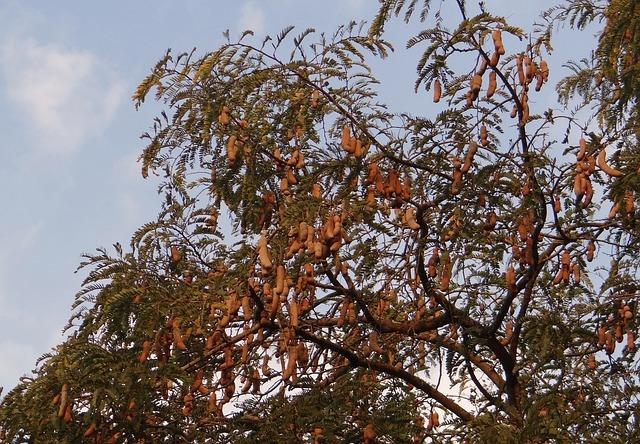
Tamarind trees are mostly cultivated because of their fruit. Depending on how ripe the fruit is, the tamarind’s flavor may vary from sweet and sour to tart and tangy. As it ripens, it becomes sweeter. rich source of magnesium and calcium. These two minerals combine and a little bit of exercise could help prevent osteoporosis and bone fractures.
How is a Tamarind tree propagated?
There are three ways to propagate a Tamarind tree. You can grow one by grafting, air layering, or sowing it from seeds.
Propagating through grafting
Through bud grafting, you can reduce the time your trees start bearing fruits by eight years. A tamarind tree propagated through bud-grafting will start bearing fruit 3–4 years after planting, whereas trees propagated by seeds will take up to 10–12 years before starting to bear fruit. Although this will also depend on how you took care of your tree as it is growing. Local conditions will also affect the time it takes for your trees to bear fruit.
Grafted seedlings can be planted in a space of 7 meters by 7 meters distance. Propagating them through this method does not require much effort compared to the other as you will just need to constantly water them as they are growing. They will most likely manage to naturally grow on their own.
Propagating through air layering
This is a method of propagating a Tamarind tree by using stems that are still attached to its parent plants. You have to choose a healthy-looking stem from your parent plant and wrap it with damp moss to encourage that stem to form a root system. Remove the leaves and shoots from the stem. The base of the stems and start wounding them. Make a one-inch cut through a leaf bud that is angled toward the stem’s tip. Apply a rooting hormone on the surface of the wound, wrap a damp moss under the tongue of the wound, and seal it with adhesive tape. Leave the wrapping just like that for about a year and constantly check for any signs of rooting. When an established root system is visible through the moss, you can remove the sleeve from the stem. Cut the stem just below the rooted section and transplant it where you want to grow your new Tamarind tree.
Propagating through seeds
First, you must obtain a tamarind seed either from fruit or buying it from your local stores. Prepare a container and fill it with warm water. Soak the seed in the container overnight to hasten the seed’s germination process. After 24 hours, sow the seed half an inch deep in a good-quality soil mix for seeds. Germination occurs successfully within one to two weeks after sowing.
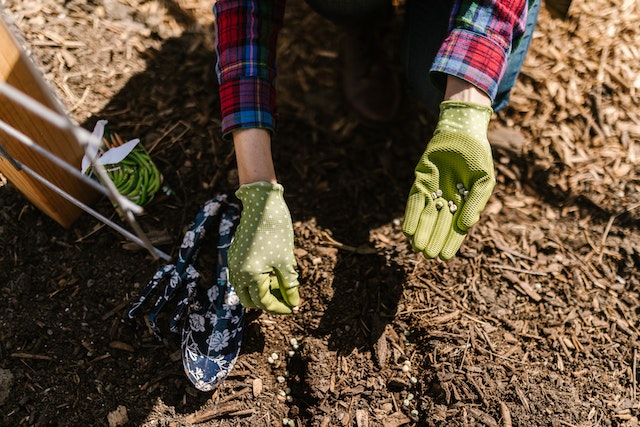
Note: Tamarind trees that are grown from seeds do not produce fruit until 6 to 7 years after germinating. So it is much better to grow a tamarind from a cutting or buy a seedling from a nursery if you want much quicker results.
Requirements to Grow a Tamarind tree
Sun
A tamarind tree requires full exposure to sunlight every single day. You must find a suitable location to plant your tamarind tree that has at least 6 to 8 hours of direct sunlight every day.
Soil
Tamarind prefers neutral, gritty, clay, and even saline soil types. As long as the soil where the tamarind stands are well-draining, there’s no doubt that they would thrive. If you are growing tamarind, you won’t need to keep in mind the soil pH level because it can survive in almost any kind of soil pH level.
Watering
It is important to give your seedlings water regularly. When you water them, it is necessary to water them deeply so the water won’t clog. Once they reach a certain stage, they won’t need watering that much and can even thrive when a period of extreme drought conditions comes.
Fertilizer
It is important to feed your tamarind tree with organic fertilizers. Fertilize your young trees every 2 months during their growing season. Mature trees do not need fertilizer that much, but you can still choose to apply fertilizer once every 3 to 5 months.
Mulch
It is also advised that you spread a 4 to 5 inches thick layer of mulch around your young tamarind plant at the start of each spring. They will help prevent weeds and keep the soil moist. This also helps protect your tamarind tree’s roots, just like a natural forest floor.
Pruning
It is important to prune your tamarind tree whenever you notice abnormal growth so that you can maintain or control its growth and shape. To stop the disease from spreading to other trees, remove every branch from your tree that is either dead or damaged.
When to propagate a Tamarind tree?
Tamarind trees require good rainfall during their growing season. So the best time to plant them is between the months of June and October.
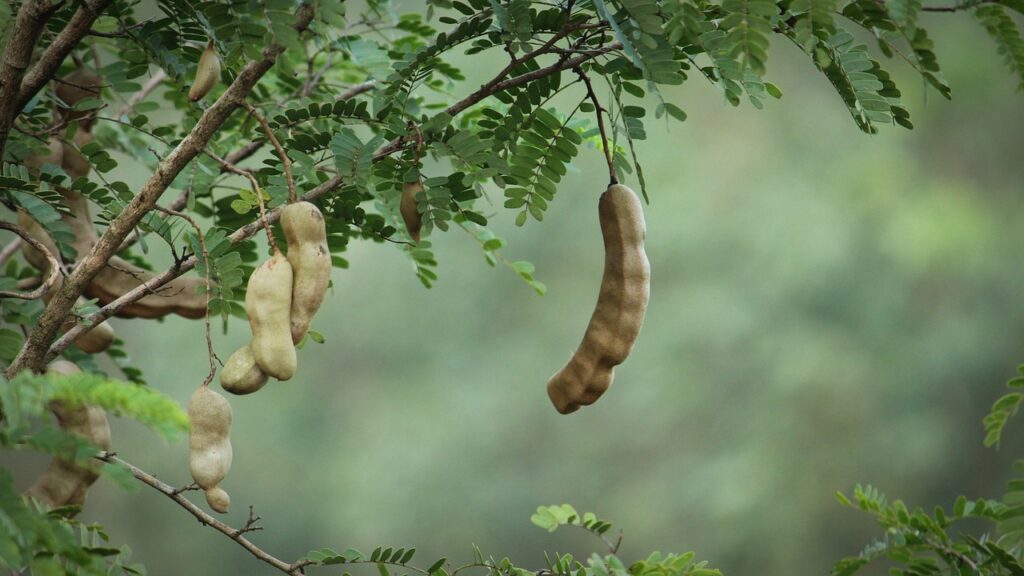
Conclusion
The fastest and easiest way to propagate a tamarind tree is through grafting. Growing them through seeds takes too long and air layering them is a bit complicated. Tamarinds do not require a lot of work as they can naturally survive on their own, granted that they are planted in a location where they are comfortable.

Elizabeth Mcmillan is a passionate gardener with a strong interest in plants. She used to be a teacher, but Elizabeth has spent the last few years immersing herself in the world of plants, learning about their biology and cultural value and trying out different ways of growing them in her own garden. Elizabeth Mcmillan loves indoor plants, succulents, and cacti, and her friends and family know her as a plant care expert.

